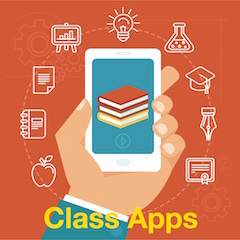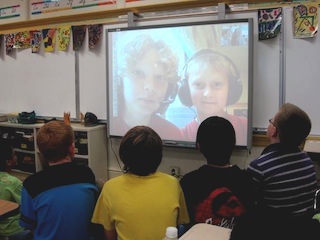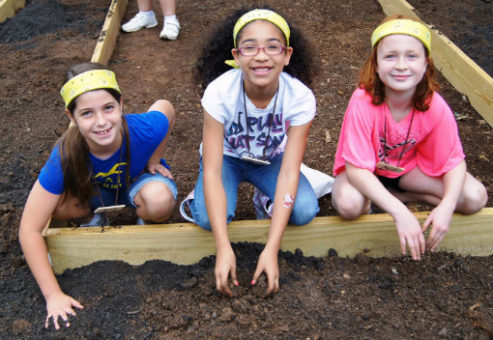Ideas to Tap Emotions in Middle School Learners
A MiddleWeb Blog

Successful teachers, however, realize the impact of students’ emotional state – or affective domain – on academic success. How a student feels towards what is being taught and what they are asked to do works either a catalyst or deterrent to learning (Green & Batool, 2017).
In other words, effective teaching takes place when we focus on the affective elements of learning. Positive emotions “affect” learning by helping students to process information, engage in difficult tasks, develop a deeper understanding of learning experiences, and recall/apply what is taught later on (Sousa, 2012).
With these goals in mind, below are two classroom activities and several digital tools to help “emotionalize” learning.
Global Peer Teaching
Technology makes it possible to connect our students with classrooms all around the world. There are opportunities to interact with students in other countries, to read to/with other classes, share projects, exchange video messages, and practice language skills.
Read Around the Planet, for example, makes it possible to match up your class with other schools to share literary experiences on an international scale. Once teachers create a class profile, they can be matched with a partner classroom. Then students work to exchange and share reading materials and activities in a variety of languages.
Skype Collaborations provides a simple way for teachers to find a global connection and learning activity geared toward specific learning goals, content areas, or age groups. As the site says…why not study biomes with students in another part of the world who live in a very different biome than your own?
Taking IT Global is another site that seeks to connect classrooms with schools in other countries in their efforts to promote global awareness and cultural understanding. Though geared primarily toward students 13 and older, it serves as a “social network for social good” for students to exchange ideas, writing, and art on topics such as education, the environment, human rights, and health.
Service Learning
Service learning (SL) is another powerful tool for getting students emotionally invested in projects and problem solving. It aims to boost students’ civic engagement and encourage youngsters to collaborate with other communities to improve the world around them.
Educators can check out Learning to Give, a database of service-oriented teaching ideas that blend standards-aligned lessons with philanthropy. Students can examine and select any number of projects that interest and encourage them to give of their time and talents.
One of my students’ favorite SL tools is Heifer International. The site offers multiple classroom resources, including lesson plans and games, information about service-learning programs, and a ‘Read to Feed’ reading incentive program. My favorite part of the site, however, is the opportunity for students to engage in creative fund-raising in order to finance projects designed to improve the quality of life for people in villages and schools around the world.
But to be honest, it isn’t the tool, but the topic that taps into teens’ emotions. One of my favorite examples of service learning is this project undertaken by students in Kansas. After making a connection on Skype with students in Kenya, Andover Middle School kids worked with their new friends to rectify life-threatening water conditions .
Getting Students to Care
In a moment of frustration, I recently heard a fellow teacher exclaim: “It’s impossible to teach a kid who just doesn’t care.”
I am inclined to agree. Perhaps our preoccupation with learning goals, assessment, and lesson planning isn’t enough. Maybe it’s time to take a closer look at a crucial – and often invisible – element of learning: students’ emotional investiture (or lack thereof) in learning.
Whether we are talking about global connections, fundraising, or collaborative problem-solving, the key is to encourage adolescents to do one of the things that comes the most naturally to them – to care deeply, invest in the problems of others, and work to increase their own capacity serve those around them.
References
Green, Z. A., & Batool, S. (2017). Emotionalized learning experiences: Tapping into the affective domain. Evaluation And Program Planning, 6235-48. doi:10.1016/j.evalprogplan.2017.02.004
Sousa, D. A. (2012). How the brain learns. Thousand Oaks, Calif: Corwin Press.
Feature Image: Source
































